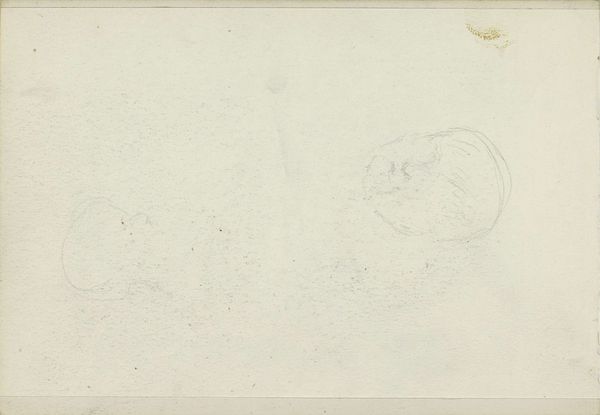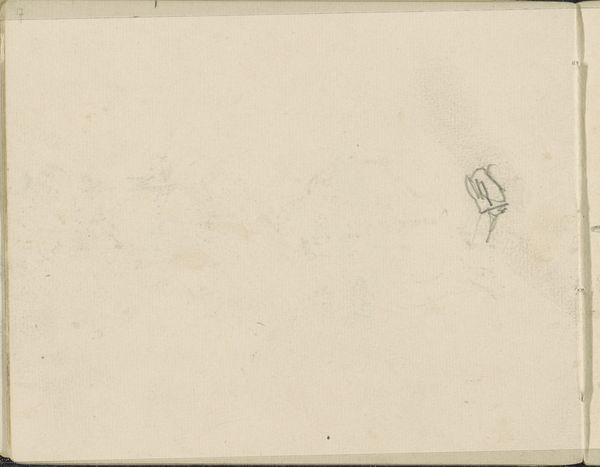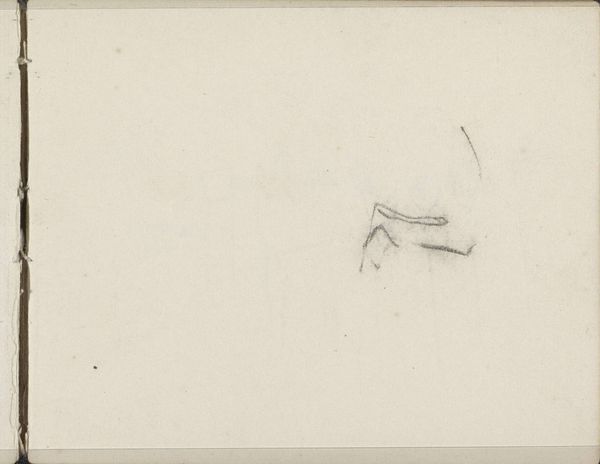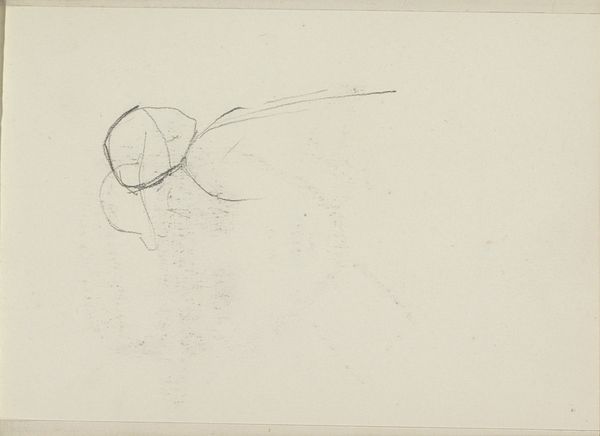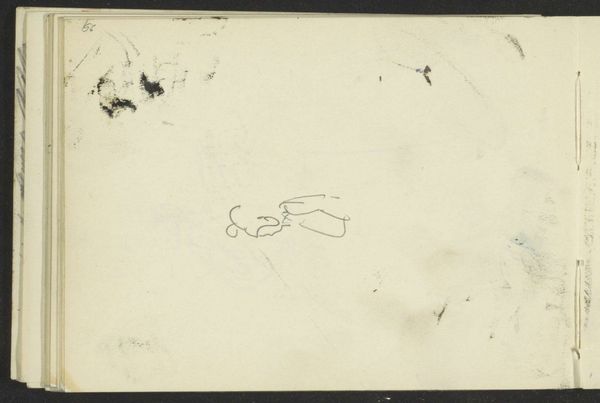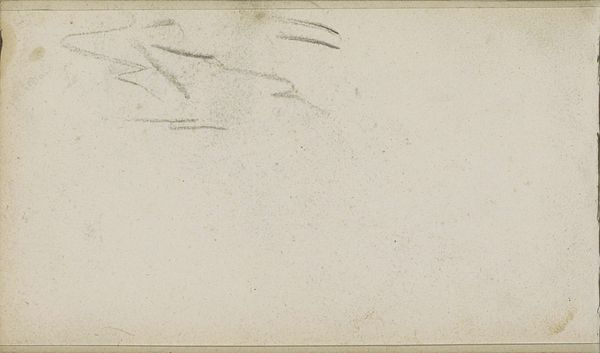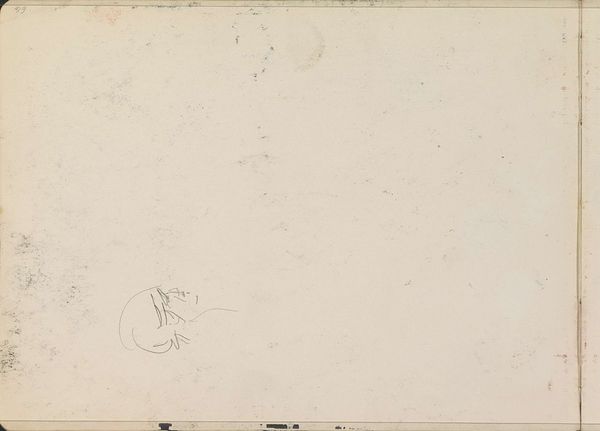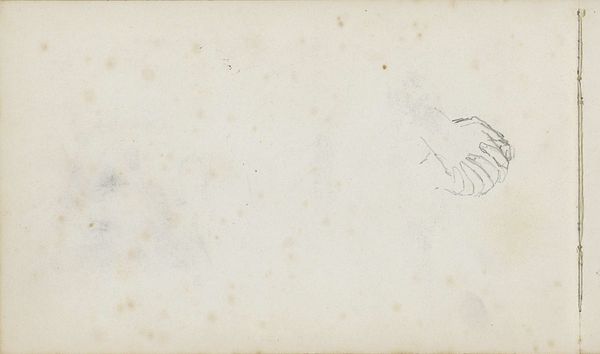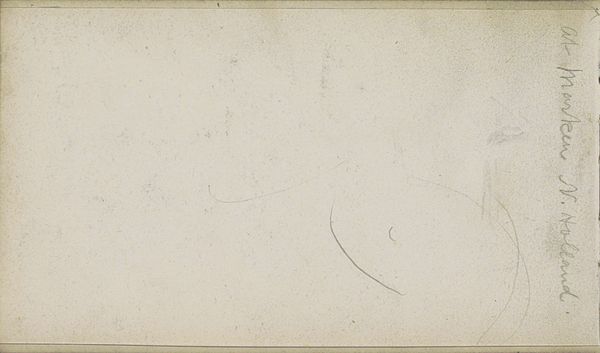
drawing, paper, pencil
#
drawing
#
paper
#
pencil
#
realism
Copyright: Rijks Museum: Open Domain
Editor: Here we have "Studie" by Louis Apol, an 1880 pencil drawing on paper at the Rijksmuseum. It’s such a quick sketch, almost ephemeral, yet the darkness in the focal point draws me in. How do you interpret this work? Curator: The rapid strokes certainly evoke a sense of fleeting observation, yet let's consider its time. Apol, working in 1880, wasn't just sketching; he was observing and documenting a world on the brink of massive industrial change. Is this darkness simply aesthetic, or does it perhaps represent the shadows of urbanization creeping into the Dutch landscape? What does realism mean in 1880? Editor: That’s interesting. I hadn’t considered the context of industrialization. I guess I assumed “realism” was just about depicting things accurately. Curator: Exactly, but whose "reality" are we seeing, and what’s being omitted? These sketches might seem innocent, but think about who had the leisure to create art, and whose stories were being prioritized in the late 19th century. How do social class and political power play a role in the artistic lens that Apol used? Editor: So you're saying even a seemingly simple drawing like this reflects broader social dynamics? Curator: Precisely. It encourages us to question whose perspective is being represented and what underlying narratives are at play. The artistic gaze has implications on race, gender, identity, and power, whether intentional or unintentional. Editor: That really shifts my understanding of "Studie". It’s more than just a study of form; it’s a study of a particular moment shaped by societal forces. Curator: And that awareness empowers us to critically engage with all art, past and present. Now, who *isn’t* in this landscape?
Comments
No comments
Be the first to comment and join the conversation on the ultimate creative platform.
